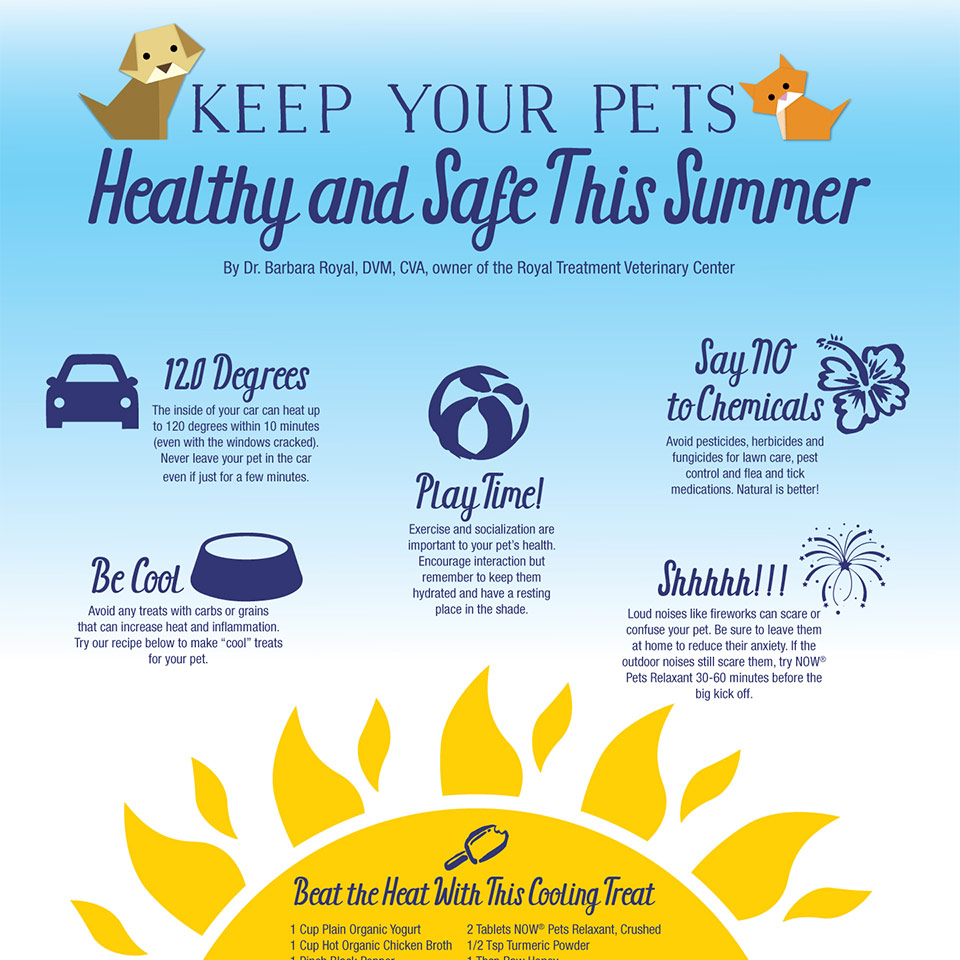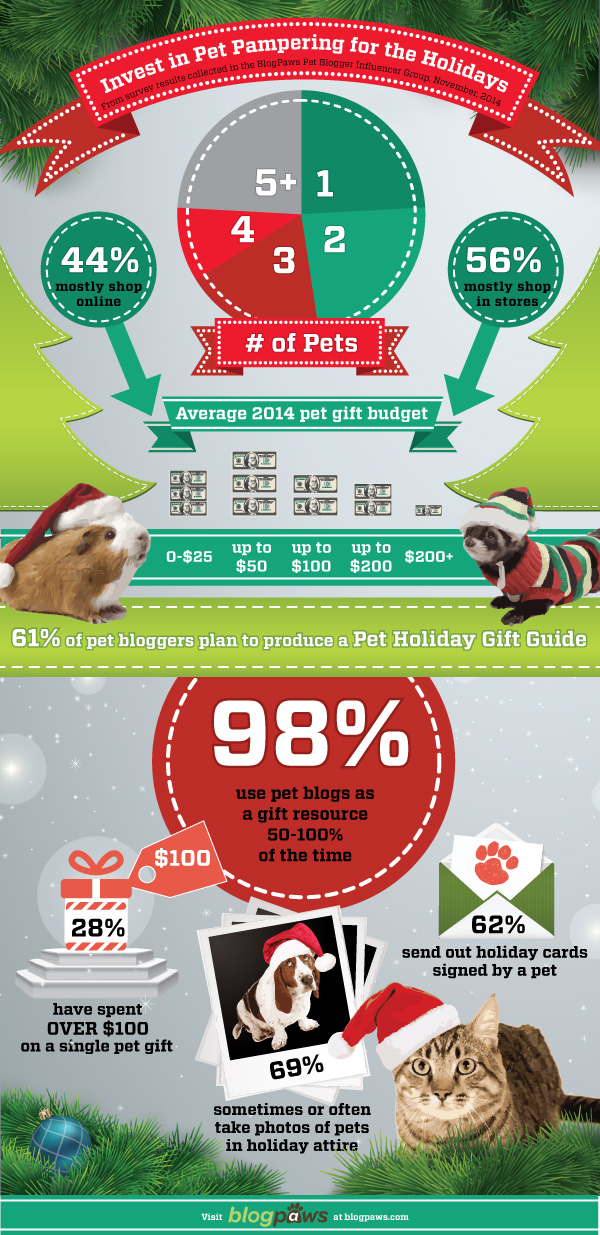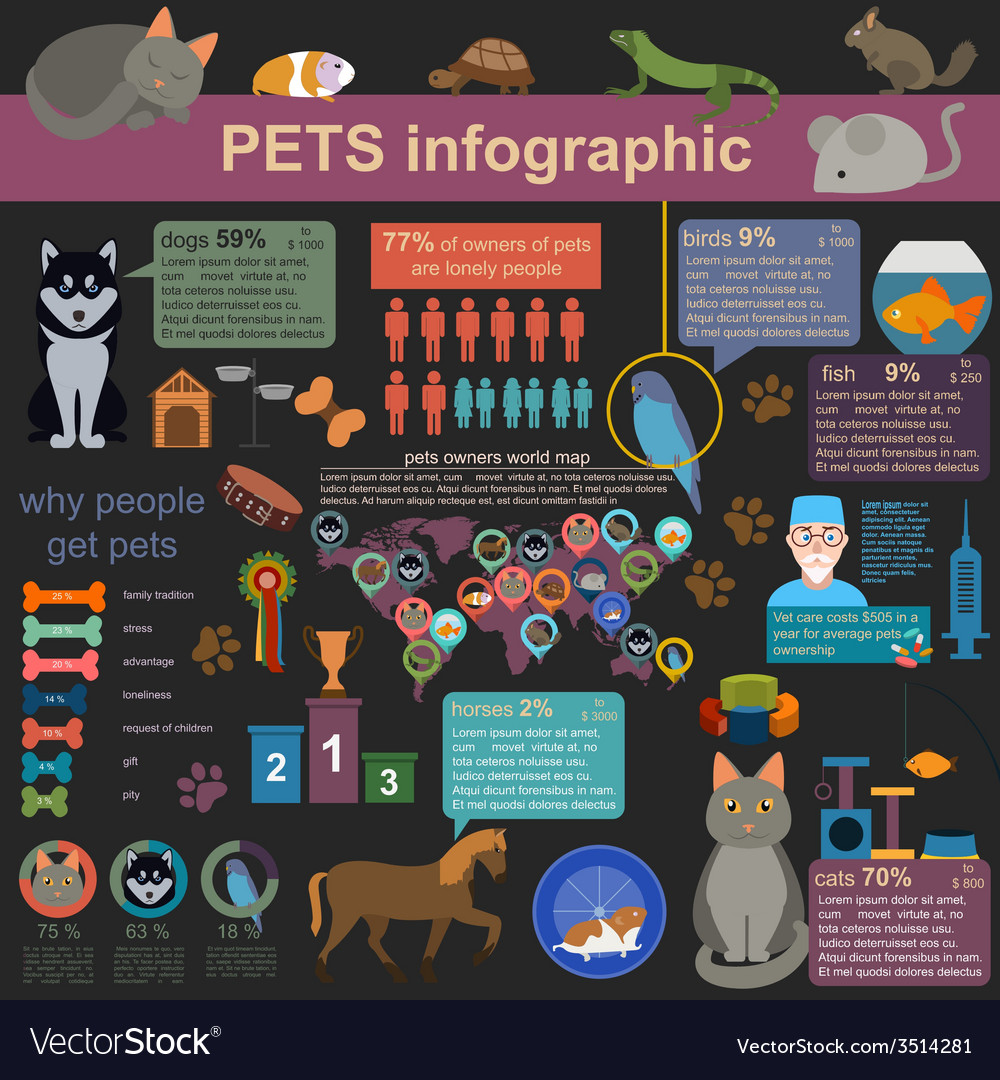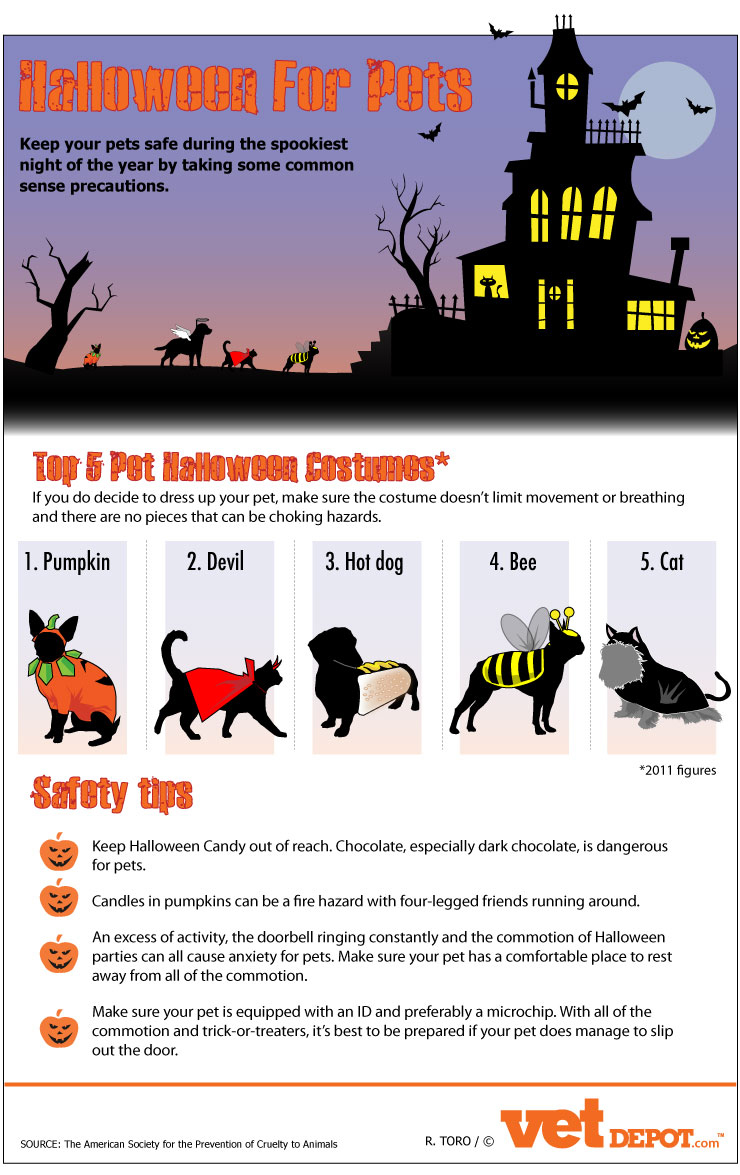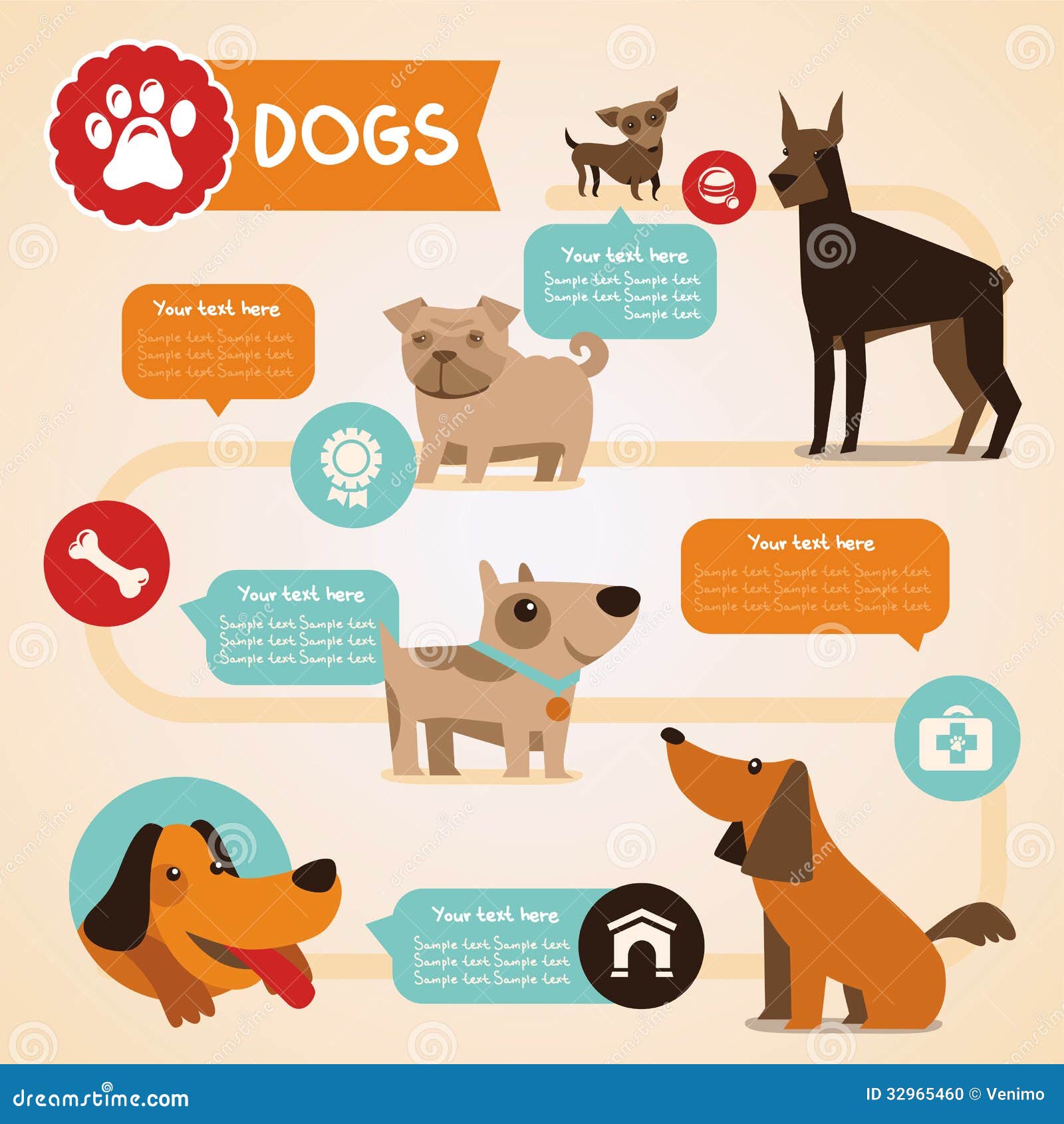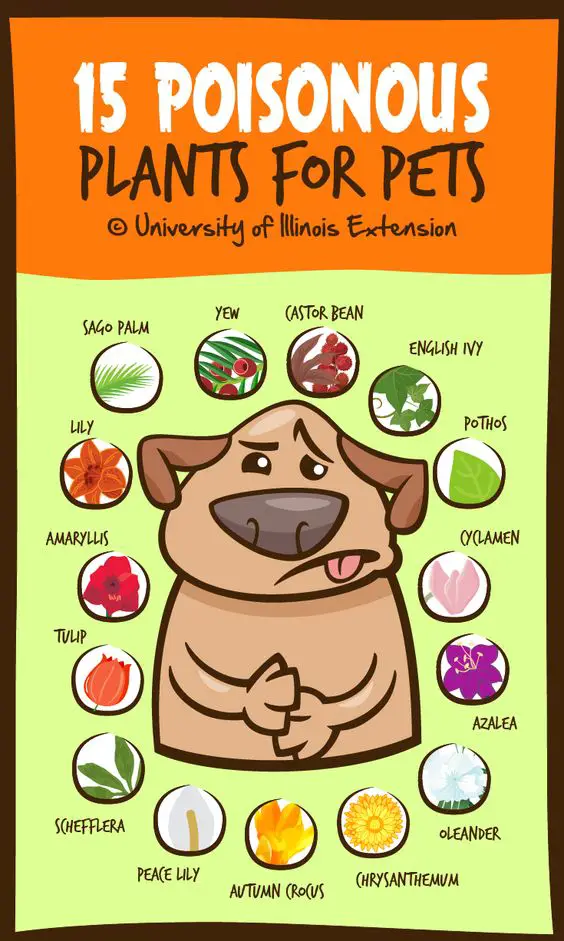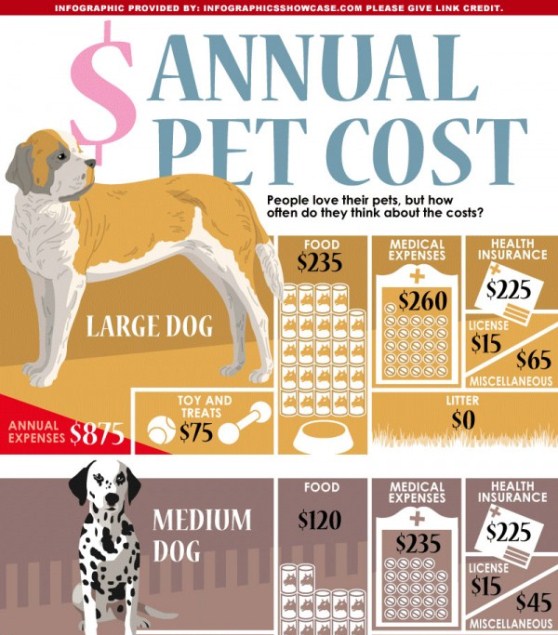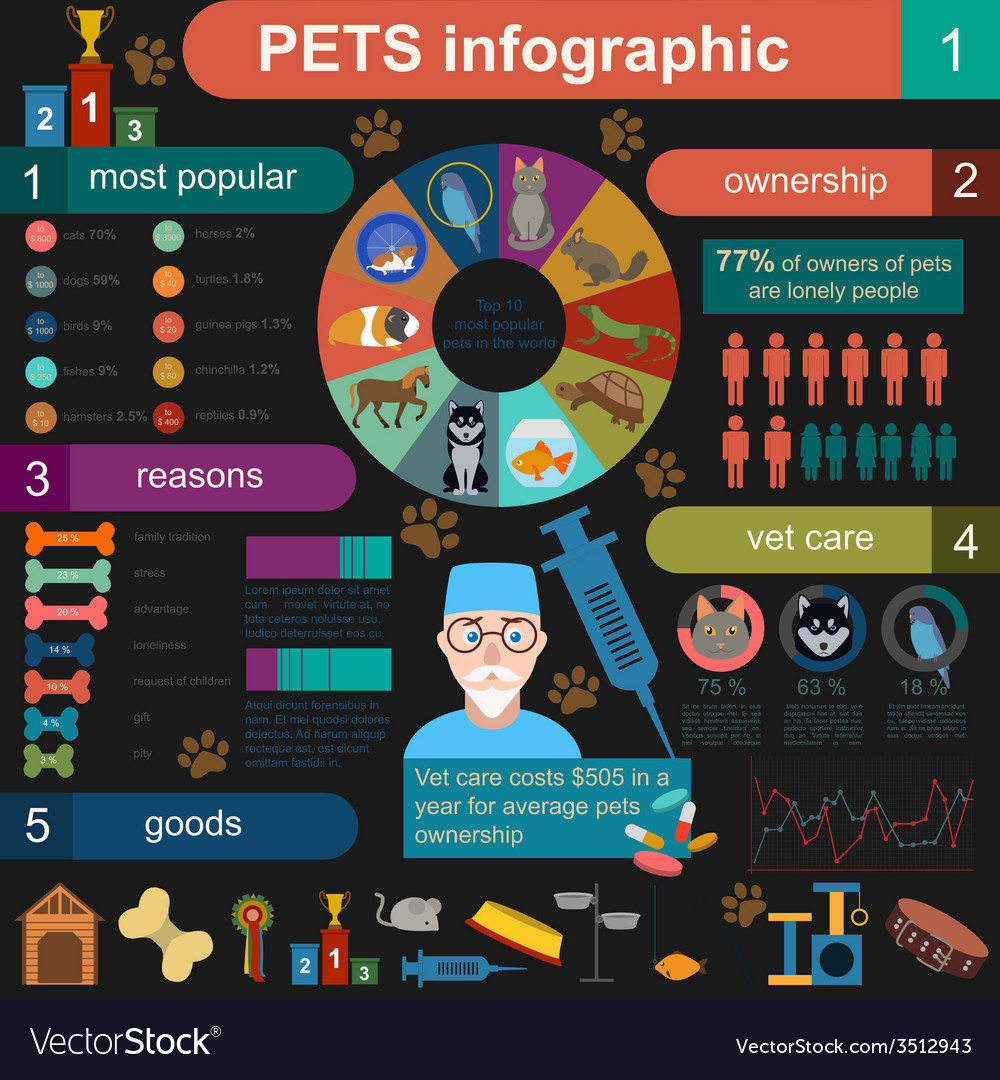Dog Daycare For Reactive Dogs
Dog Daycare For Reactive Dogs
Blog Article
Pet Dog Daycare Shower Room Regimen
YELLING and scolding perplexes your pet and hinders their potty training development. Hold your horses and offer treats, face to face play or a walk.
A constant schedule helps pets comprehend when they will be taken outdoors to get rid of. This improves residence training and minimizes home crashes. Ask the childcare if they have a set up potty regimen.
Potty Breaks
Many pets require to eliminate numerous times a day and it is necessary for them to have routine opportunities. It's additionally essential that they have tidy, fresh water in any way times. An animal water fountain like our Drinkwell Platinum motivates hydration and can help reduce potty breaks, particularly for puppies and energetic canines.
Taking a dog outside at regular times allows them to find out that there specify spots in the backyard where they go to remove and other locations are off limitations. Ideally, they must be gotten first thing in the early morning and right before going to sleep during the night. Additionally, they need to be provided an opportunity to get rid of after eating or consuming, throughout play and training sessions, and after hanging out in their pet crate or having a nap.
Pups and canines with small bladders need to be taken outside more often than grown-up canines, yet a schedule can quickly be adjusted. Similarly, if a pet is experiencing regular interior potty accidents, it might suggest an underlying clinical issue and recommendations from a veterinarian is suggested.
Water
Your pet's day at doggy childcare will certainly have plenty of tasks, so they may get back weary, parched and perhaps even a little dirty. Make sure to bring a towel or wipes to cleanse your dog up at pick-up time. You must additionally have a bag of their preferred food, a water dish and any medicine they call for.
Remember that dogs flourish on regular and uniformity. Letting them out at the same times, particularly in the early morning and after dishes, helps them understand when they require to go and stays clear of accidents.
When your pet has consumed and the food and water bowls have actually been put away, set a timer for twenty minutes and take them outside to potty again. This is usually enough time for them to empty their bladder and start the day. If they don't, it's okay to wait a bit longer. They will learn eventually. Every pup is different. They just need to practice the habit of associating outside with going potty.
Food
While each day of doggie daycare may be slightly different due to weather, the number of dogs present, and activities, most follow a similar routine. For example, a good daycare facility will feed dogs in the morning and then again at late evening or bedtime.
During potty breaks, the dogs are given an opportunity to go outside board and train dog near me and relieve themselves several times. When they return inside, staff members will reinforce them with a verbal or visual reward to help them recognize that going outside for a potty break means it's time to play.
If a pet parent does not bring their dog's normal food and chooses to use the facility's "in-house" diet, the pups may have soft stools for a few days. A probiotic (like the kind found in yogurt for people) can help to firm up those stools. After a long day of play and socialization, many dogs are ready to head home. The tired pups will be less likely to exhibit unwanted behaviors at home.
Play
If your dog doesn't have enough to do each day, they may start playing in inappropriate ways (chewing, excessive barking). This can also lead to separation anxiety, so many facilities use a play group system to encourage healthy socialization and reduce boredom.
Staff will typically call your pup's name during the morning check-in and throughout the day to establish a bond with them. This is important because it allows staff to recognize your dog and give them individual attention.
Upon picking your dog up at the end of the day, staff will provide a detailed account of their day. This includes a summary of their activity, how much they ate, and any issues that might need to be addressed. If your dog is a puppy, it's a good idea to set a regular bedtime routine so they can adjust their sleep schedule.
enter'>|